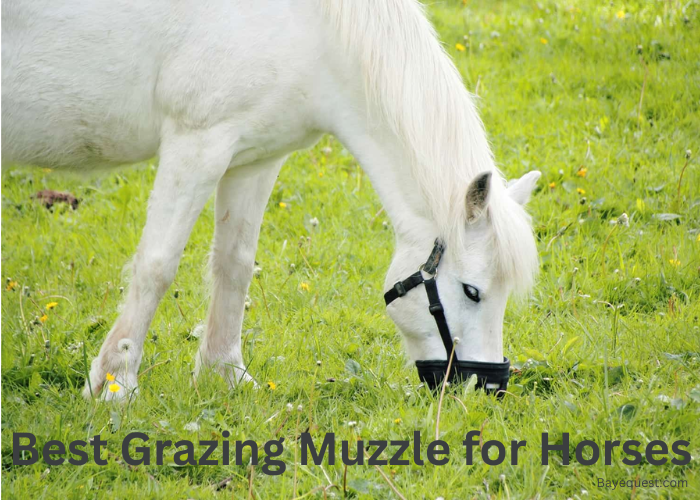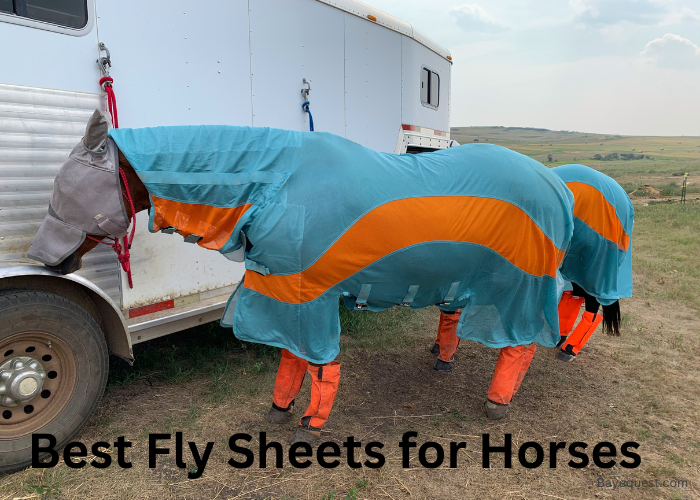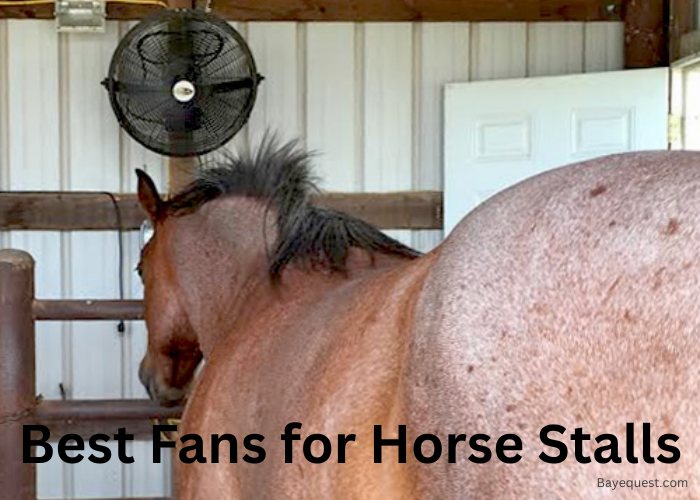Are you looking to pass the reins of your beloved horse to someone new but dread the thought of a lengthy selling process? Selling a horse quickly doesn’t have to be a gallop through murky waters.
Whether you’re a seasoned equestrian or new to the world of horse sales, you need this guide for the journey ahead. Read on to find the essentials of making a swift and successful sale.
Buckle up as we find out how to sell a horse fast, ensuring it finds its next great home in record time. Ready, set, sell.
Key Takeaways on How to Sell a Horse Fast
- Prepare correct documentation for your horse
- Taken professional photos and videos
- Set a realistic price
- Market widely and wisely
- Write a detailed and honest description
- Prepare your horse for viewing
- Be responsive
- Offer a trial period
- Provide a pre-purchase veterinary exam
- Network within the equestrian community
10 Best Practices to Sell Your Horse Fast
Selling a horse can be a complex process. It requires a blend of marketing, knowledge of the equine industry, and a bit of strategy.
Here are 10 best practices to help you sell your horse quickly:
1. Prepare comprehensive documentation. Gather all necessary paperwork, including registration papers, health records, and any competition records. A well-documented horse provides transparency and trust for potential buyers.
2. Invest in professional-quality photos and videos. High-quality visuals are crucial. Invest in professional photographs and videos of your horse standing, moving, and performing. This showcases your horse’s condition, movement, and abilities effectively.
3. Set a realistic price. Research the market to set a fair, competitive price. Consider your horse’s breed, age, training, and achievements. Overpricing can deter potential buyers while underpricing might lead to a quick sale but at the expense of value.
4. Market widely but wisely. Use various platforms to reach potential buyers. This includes equine sales websites, social media, equine magazines, and local or breed-specific associations. Tailor your marketing efforts to the platforms where your target buyers are most likely to engage.
5. Write a detailed and honest description. Create a compelling, honest description of your horse. Highlight its strengths, training level, temperament, and any achievements. Be transparent about any quirks or challenges to avoid surprises and build trust with potential buyers.
6. Prepare your horse for viewings. Ensure your horse is well-groomed and presentable for viewings. A clean, healthy-looking horse makes a good first impression. Also, have your horse ready to show its skills or training level as requested by potential buyers.
7. Be responsive. Respond to inquiries and be flexible in scheduling viewings or providing additional information. Good communication can make a difference in a competitive market.
8. Offer a trial period. If workable, offer a trial period to serious buyers. This can help make the decision easier for the buyer and show confidence in your horse’s suitability.
9. Provide a pre-purchase veterinary exam. Offering or agreeing to a pre-purchase veterinary exam can reduce concerns about the horse’s health and soundness. This transparency can speed up the decision-making process.
10. Network within the equestrian community. Leverage your connections within the equestrian community. Word of mouth is powerful. Inform your network about your horse being for sale, as they might know potential buyers or provide valuable referrals.
Why Sell a Horse?
There are many reasons why you might choose to sell a horse.
The most common reason is a change in personal circumstances. This could include financial challenges, a move to a new location, or a lifestyle change.
Another reason might be a mismatch between you and the horse. Sometimes, despite best efforts, a horse and rider may not be the right fit for each other. This can be due to differences in skill level, personality, or the rider’s goals changing over time.
If you’re in competitive riding, selling a horse might come about because the horse has reached its peak. As riders progress or their goals change, they may seek a horse that better suits their new aspirations.
Health issues, both for the owner and the horse, can also lead to a sale. If a horse requires a level of care or a type of riding that you can no longer provide, selling to someone who can meet those needs is a responsible decision.
Lastly, selling horses is a part of the business. Selling horses allows you to continue breeding, training, and investing in new stock.
Selling a horse can be a difficult decision, but it’s often made with the best interests of both the horse and the owner in mind.
Read also: How much does it cost to rent a horse?
Ways to Sell a Horse
The choice between selling through a dealer, auction, or privately depends on your priorities. Remember, each method has advantages and disadvantages that you must take into consideration.
Selling through a dealer
When selling a horse through a dealer, you’re partnering with an expert who takes on the responsibility of finding a buyer for your horse. Dealers are well-versed in the equine market and have established networks.
They handle the nuances of the selling process. This includes marketing, negotiating prices, and sometimes even arranging vet checks or trials. This method is suitable if you’re looking for a hands-off approach to selling your horse.
PROS
- Dealers have a wide network of potential buyers.
- They handle the selling process for you.
- A quick way to sell if the dealer has immediate buyers.
CONS
- Dealers take a commission.
- Less control over who buys your horse.
- Potential for lower selling price to facilitate quick sale.
Selling through auctions
Auctions offer a dynamic platform for selling horses. This is where your horse is presented to a room full of potential buyers who bid against each other.
This method can be exciting, as it provides an opportunity for your horse to be sold for a higher price.
Auctions are often scheduled events that attract a variety of buyers. These may be private buyers, professional trainers, or breeders.
The process is fast-paced, with the sale completed in a matter of minutes once bidding starts. If you’re looking to sell quickly hen auctioneering is your go-to sale method.
PROS
- Quick sale process.
- Exposure to a variety of buyers.
- Can achieve high prices for well-sought-after horses.
CONS
- Unpredictable prices.
- Stressful for the horse due to the environment.
- Fees for entering the auction.
Selling privately
Opting to sell your horse privately means taking on the entire sales process yourself. This method offers you the highest level of control over who buys your horse.
Selling privately involves creating advertisements, taking quality photos and videos, and using various platforms to reach potential buyers. This approach can be more time-consuming but allows for direct communication between you and the buyer.
PROS
- Full control over the selling process.
- Ability to choose the buyer.
- No commission fees.
CONS
- Time-consuming.
- Might take longer to find a buyer.
- Screening potential buyers is your responsibility.
The Dos and Don’ts of Selling a Horse
Dos
Be honest. Always provide accurate and truthful information about your horse. Honesty builds trust with potential buyers and helps ensure a good match between the horse and its new owner.
Be timely. Respond to inquiries from interested parties. Being responsive and respectful of others’ time can make a positive impression and help facilitate a quicker sale.
Do your homework. Research the current market to set a competitive and fair price for your horse. Understand your horse’s value in terms of breed, training, and achievements.
Advertise well. Create clear, detailed, and appealing advertisements. Use high-quality photos and videos to showcase your horse’s best features and abilities. Advertise on platforms where potential buyers are likely to see your listing.
Have a strong contract. Ensure you have a comprehensive sales contract. This protects both you and the buyer.
Do a pre-purchase examination. Encourage or arrange for a pre-purchase veterinary examination. It demonstrates transparency and can prevent disputes after the sale.
Don’ts
Don’t make assumptions. Avoid assuming what a buyer wants or can handle. Be open to questions and provide detailed responses to ensure clarity and understanding.
Don’t be obnoxious. While it’s important to be enthusiastic and persuasive, avoid being aggressive in your sales tactics. Respect the buyer’s decision-making process and give them space to consider their options.
Don’t do anything you’re not comfortable with. If a buyer requests something that makes you uneasy, it’s okay to say no. Protecting your and your horse’s best interests is paramount.
Don’t overprice. Setting an unrealistically high price can deter potential buyers. Price your horse based on its fair market value, considering factors like age, breed, training, and overall condition.
Interesting read: How much is equine insurance?
FAQs
What is the best website to sell horses?
The best website to sell your horse can vary depending on your location. In the United States, the best website is Bay Area Equestrian Network among others. Also, research and select a platform that aligns with your selling goals.
Do horses miss you when you sell them?
Yes, horses may miss you when you sell them. They are capable of forming strong bonds with their humans, showing preferences for certain people based on positive interactions. While they may not miss you in the same way a human does, they can notice changes in their environment and routine. However, consistent, kind treatment from the new owner can help ease this transition and help the horse form new bonds.
What are the red flags when selling a horse?
When selling a horse, be wary of potential buyers who:
Refuse to provide references or are vague about their horse-keeping practices.
Insist on buying a horse without viewing or having a pre-purchase exam.
Are unwilling to sign a contract or try to rush the sale without proper checks.
Make offers that seem too good to be true or attempt to pay with questionable methods.
Show a lack of knowledge or interest in the horse’s welfare, training, or other needs.
Conclusion
Choosing the most suitable platform, understanding the emotional dynamics involved, and staying vigilant for red flags are key steps to a successful sale. Remember, your primary goal is not just to sell quickly, but to ensure that your horse transitions into a loving, safe, and suitable new home.
By being informed, prepared, and cautious, you can achieve a rewarding outcome for both you and your horse. This journey, while bittersweet, can be a positive change, leading to new beginnings for all involved.
Happy selling, and may your horse find a wonderful new chapter ahead.








